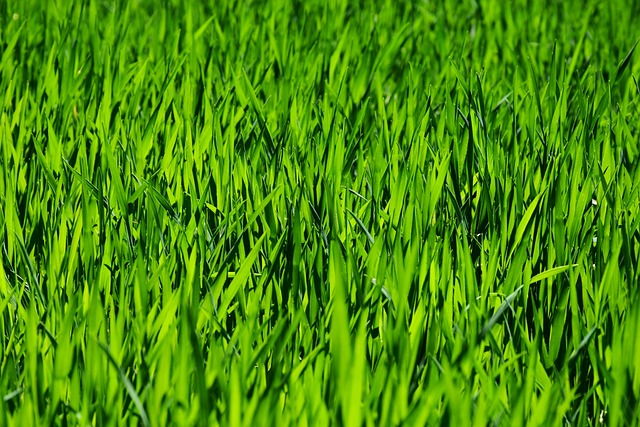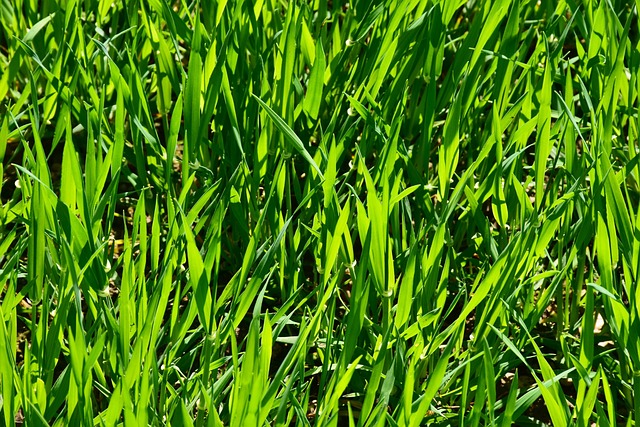Lawn Care and Landscaping techniques like mulching and edging are essential for pristine lawn health and aesthetics. Mulch improves soil structure, suppresses weeds, and conserves moisture, while edging defines clear boundaries between grass and other vegetation, preventing weed growth and enhancing curb appeal. Combining these practices streamlines care routines and produces a harmonious, well-maintained yard, making them key components in any dedicated Lawn Care and Landscaping regimen.
Transform your lawn into a picture of perfection with effective mulching and edging techniques. This comprehensive guide explores the art of lawn care and landscaping, offering insights into the benefits and best practices of mulching, from improving soil health to suppressing weeds naturally. We’ll also uncover sophisticated edging techniques for achieving neat, clean lines that define your landscape. Discover how combining these two practices can drive optimal lawn care results.
- Understanding Mulching: Benefits and Best Practices
- Edging Techniques for Neat and Clean Lawns
- Combining Mulching and Edging for Optimal Lawn Care
Understanding Mulching: Benefits and Best Practices

Mulching is an essential practice in lawn care and landscaping, offering numerous benefits for your outdoor space. By applying a layer of organic or inorganic material on top of the soil, mulching helps retain moisture, suppressing weeds’ growth naturally. This process also contributes to improving soil structure and fertility over time as the mulch decomposes, providing essential nutrients back into the earth.
When implementing mulching, best practices include choosing the right type for your lawn’s needs—whether organic (like wood chips or straw) or inorganic (such as rock or rubber). Ensure even application, typically 2-4 inches deep, to achieve optimal results. Regularly replacing and maintaining mulch layers is key, especially in areas with heavy foot traffic or rapid growth. This simple yet powerful technique enhances overall lawn health and aesthetics, making it a valuable tool for any dedicated lawn care and landscaping enthusiast.
Edging Techniques for Neat and Clean Lawns

Maintaining a pristine lawn involves more than just mowing; edging is an essential technique in lawn care and landscaping that defines the boundaries between your grass and paths, beds, or other vegetation. It provides a polished look to your yard, ensuring a clean separation that prevents weeds from encroaching onto manicured areas. There are various edging tools and techniques available, each designed for specific needs.
For homeowners, manual edgers like string trimmers or hand-held edging tools are popular choices for their versatility and ease of use. These tools allow you to reach tight spots and create precise lines along sidewalks, driveways, or flower beds. For larger properties with extensive landscaping, powered edgers equipped with nylon or metal wires can efficiently cut through tough grass and weeds at the edge of your lawn, leaving a neat finish. Incorporating edging into your regular lawn care routine is an effective way to enhance curb appeal and maintain a professional landscape design.
Combining Mulching and Edging for Optimal Lawn Care

Combining mulching and edging is a powerful strategy for enhancing lawn care and landscaping practices. Mulch, whether organic or synthetic, enriches the soil by providing essential nutrients while controlling weeds. Edging, on the other hand, defines the boundaries between your lawn and paths, flower beds, or other landscapes, preventing grass from encroaching and maintaining a neat appearance. Integrating these techniques offers multiple benefits: it reduces the need for frequent mowing, conserves moisture in the soil, and creates a harmonious, well-maintained outdoor space.
This dual approach is particularly effective for homeowners seeking to streamline their lawn care routines while achieving aesthetic appeal. By mulching around plants and trees, you create a buffer zone that suppresses weeds and helps retain soil moisture. Edging along pathways and garden borders not only prevents grass from spreading but also highlights these features, contributing to the overall visual charm of your landscaping.
Mulching and edging are essential practices in lawn care and landscaping, offering numerous benefits such as weed suppression, moisture retention, and improved soil health. By understanding the best practices for each technique and combining them effectively, you can achieve a neat, clean, and vibrant lawn that enhances your outdoor space. These simple yet powerful tools contribute to the overall beauty and maintenance of your lawn, ensuring it remains the envy of the neighborhood.
